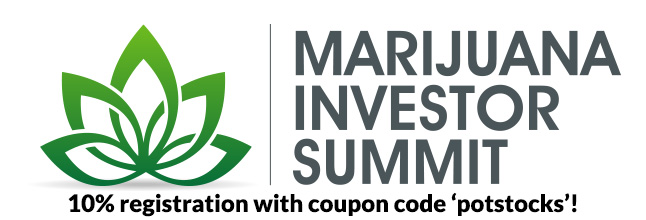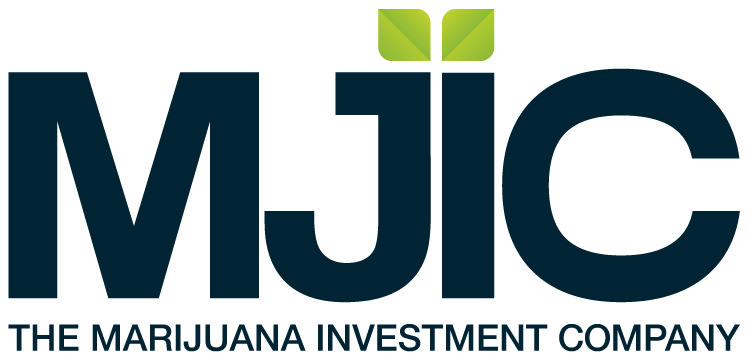On Nov. 13, 2015, Justin Trudeau, the new Prime Minister of Canada, sent a mandate letter to the nation’s Minister of Justice, Jody Wilson Raybould, with the following instructions: “Working with the Ministers of Public Safety and Emergency Preparedness and Health, create a federal-provincial-territorial process that will lead to the legalization and regulation of recreational marijuana.”
Trudeau’s letter represents one of the most historic global stances to begin the first federally legal recreational marijuana operations in North America listed on the OTC stock market.
However, a key question lingers in such a restricted market: will operating costs of OTC Canadian marijuana operations remain at indoor registered light and AC-fueled addresses, or focus on distribution of clones and seeds to farmers, similar to another plant with relations to a prohibitive past in the Cannabaceae family, Humulus lupulus L., better known as hops?
Could you imagine if a website like Weedmaps.com, previously listed on the OTC when owned by General Cannabis Incorporated, which has made millions of dollars by providing an address listing service for marijuana stores starting at $295 per month and a menu review website for marijuana products, was called Hopsmaps.com? Now try and imagine if Hopsmaps.com charged a hops vendor $300.00 a month to list its address for clients to locate places to find and review hops strains. You probably can’t envision this absurd scenario because people know they can find beer made from hops at most stores everywhere in Canada and the U.S., eh.
Now, in the new corporate world of marijuana lobbying and regulation, certain players have an interest in keeping the OTC pot-stocks industry segmented, taxed, regulated and controlled in an indoor environment to benefit the many sectors of the business that have popped up around the plant: computer security, smartphone applications, hydroponics, nursery operations, HVAC, lights, fertilizers, lab testing, edibles, oils, tinctures, capsules, drinks, etc.
In the principal phases of alcohol prohibition in the early 20th century, the U.S. gave medicinal whiskey permits to pharmacies, including Walgreens, to prescribe whiskey as medicine, thereby providing a foot in the door to controlled initial profiteering for specific companies and individuals to sprint ahead of the pack and dominate sections of the liquor market. Perhaps, when and if the time arrives that industrial scale operations of marijuana and hemp start, the companies with initial leads in the industry could become the Budweisers and Marlboros of U.S. and Canadian recreational marijuana followed by an evolution into more conglomerated operations like Unilever.
How do government plans and cash-only OTC pot stocks bought and sold internationally interact to affect the black market while fewer than 10 North American federally approved marijuana grow-ops exist on the OTC markets, nowhere near supplying the real recreational or medical underground demand?
That’s right: six Canadian government approved medically operated pot stocks legally allowed to run their grow-op money thru federal banks exist on the OTC (TWMJF, OGRMF, TBQBF, ACBFF, APHQF, MQTRF) and at any given moment, stand to become the first North or South American federally legal recreational marijuana grow operations listed on the OTC, perhaps creating in the industry a hemispherical shift.
Other Canadian government approved oil and research pot stocks exist on the OTC, also with permits from Health Canada—the medical marijuana production health approval arm of the Canadian government run by Dr. Jane Philpott, Minister of Health. However, more pot stocks than not exist on the OTC with their addresses of operation listed in Canada unapproved by Health Canada’s regulatory system.
To understand who controls the marijuana use regulation in Canada, look no further than Health Canada, in charge of granting Canadians access to marijuana for medical use under a strict set of regulations for patients and producers, detailed in Marihuana for Medical Purposes Regulations. Marijuana remains a controlled substance in Canada, and the possession and/or production of marijuana is illegal outside the purview of the MMPR. According to the MMPR, only Health Canada can legally supply marijuana seeds and dried marijuana to persons authorized to possess and/or licensed to produce marijuana for medical purposes.
Individuals authorized to possess or produce medical marijuana under the Marijuana Medical Access Regulations should note that Health Canada has transitioned from the MMAR to the MMPR. Under the MMPR, all marijuana possessed or produced under the MMAR Authorization to Possess and/or Personal-Use or Designated-Person Production license should have been destroyed by March 31, 2014, and all production of marijuana in homes should have ceased by April 1, 2014. Furthermore, as of April 1, 2014, individuals cannot use an ATP license issued under the MMAR as proof of authority to possess medical marijuana. Under the MMPR, Canadian citizens can only legally access medical marijuana through licensed producers, including the six mentioned earlier. According to Health Canada, the maximum amount of medical marijuana that authorized individuals can possess at any given time is 30 times their daily amount as indicated by their licensed Health Care Practitioner, to a maximum of 150 grams.
“All applications to produce marijuana for medical purposes undergo the same strict and rigorous review. When an application is received it undergoes an initial screening to ensure that it is complete. Complete applications undergo a more in depth screening on key elements of the MMPR,” said Sean Upton, Senior Media Relations Officer for Health Canada. “The application is thoroughly reviewed to ensure compliance with all the requirements of the MMPR. This includes but is not limited to security measures, good production practices, packaging, labelling, shipping, and record keeping. A pre-license inspection occurs once the physical site is ready and the results of the security clearance checks have been received.”
Therefore, Health Canada now controls, and licenses 27 marijuana producers in Canada while prohibiting people from growing marijuana at their homes. Legally, Health Canada has nothing to do with the OTC approval process of pot stocks from Canada. Furthermore, under the Canadian MMPR, individuals who access marijuana for medical purposes cannot let others use their marijuana, grow marijuana, import or export any marijuana or marijuana seeds to or from Canada, or produce derivatives of marijuana such as hashish, hash oil, resin, etc. Given the recent U.S. Congress approval to deny U.S. Drug Enforcement Administration raids in states with legal medical marijuana operations for which growers can attain seeds, make their own products, and attain plants from sources other than the federal government, the Canadian marijuana guidelines under the new Prime Minister may seem more conservative than drug policy in the U.S.









